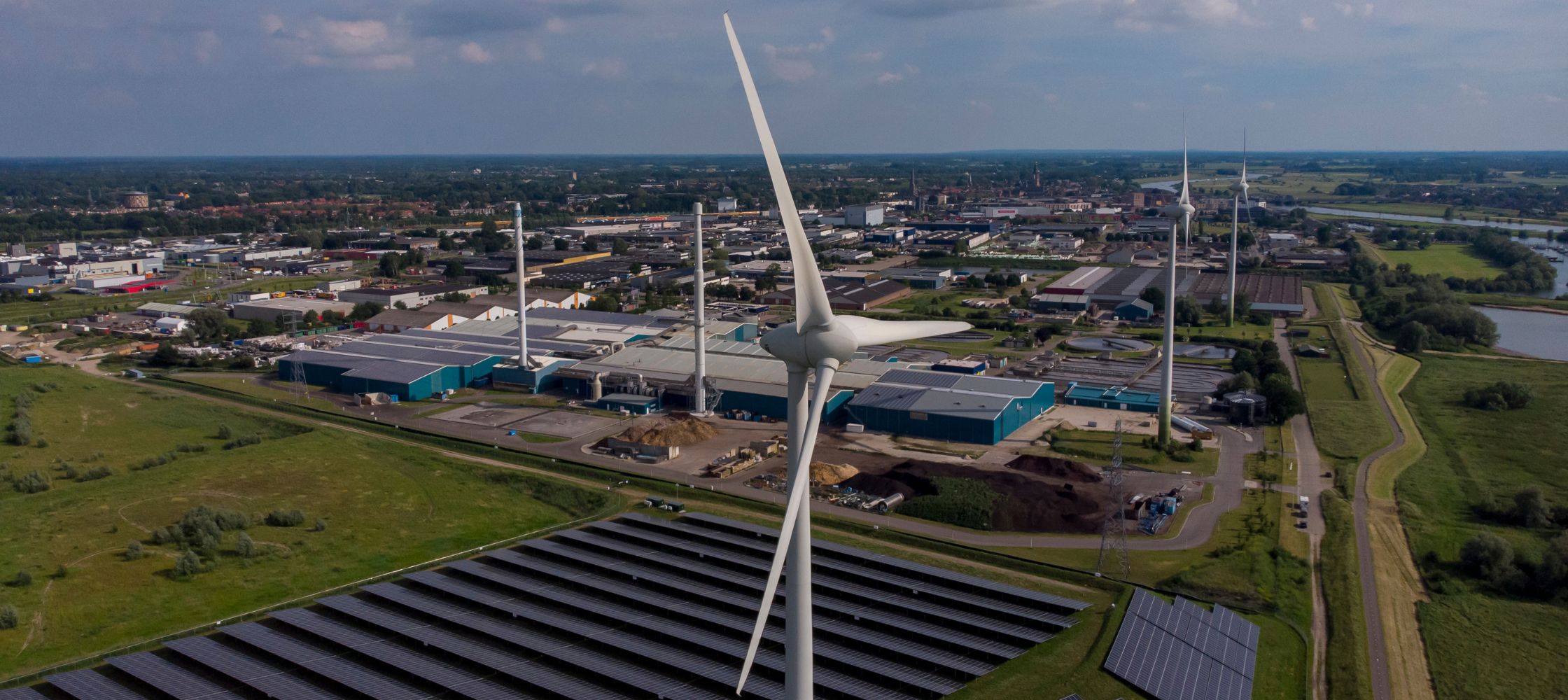By Lee Copland | August 7th, 2023
Weather extremes have become an even more critical focus for businesses worldwide due to the increasing frequency and unpredictability of extreme weather events. In recent years, we have witnessed numerous examples of record-breaking rainfall, droughts, wildfires, and temperature swings, highlighting the urgency of addressing climate-related risks.
Extreme Weather Events in 2023
Heatwaves and Unprecedented Temperature Records
In 2023, several regions experienced heatwaves that shattered previous temperature records by significant margins. The US, Europe, North Africa, and parts of Asia saw temperatures soar above 40°C, leading to deadly wildfires and posing immense challenges to public health and infrastructure.
Flash Floods and Surface Water Flooding
Sudden and intense rainfall caused flash floods in various locations, devastating communities and infrastructure. These events underscored the need for improved preparedness against unpredictable weather patterns.
Accelerating Weather Pattern Changes
Scientists have warned that global weather patterns are entering a phase of accelerated change, posing unprecedented challenges for organizations in terms of planning and response to extreme weather events.
Building Resilience Through Integration
To address the impact of extreme weather on staff, visitors, customers, and facilities, forward-thinking organizations are integrating key security and management systems. Streamlined solutions that combine fire and safety, visitor management, building controls, HR systems, and more have proven effective during emergencies like the COVID-19 pandemic. Examples include:
Integrated Access Control and Key Management
Facilities managers can allow secure and timed access to resources, machinery, and vehicles, providing rapid access to essential equipment during weather-related events.
Asset Tagging and Tracking
Asset tracking systems enable swift location and deployment of equipment when needed, enhancing user accountability and resource coordination.
Video Surveillance for Visual Verification
Surveillance cameras capture access events, creating a visual audit trail for compliance and improved situational awareness during emergencies.
Unified Management Platforms
Centralized control allows for standardized procedures and coordinated responses across dispersed sites, ensuring a coherent and effective approach to extreme weather events.
Looking Ahead
As weather patterns continue to evolve, corporate resilience must be constantly tested and improved. Climate change impacts are becoming more immediate, making it essential for organizations to prioritize building resilience now, rather than in the distant future. Integrated and flexible security solutions, combined with proactive risk management, empower businesses to mitigate the impact of extreme weather and safeguard their operations, staff, and assets.
While governments must address climate change on an international level, businesses can contribute to the broader effort by preparing for and adapting to the changing weather landscape. By investing in technologies that enhance communication, situational awareness, and response capabilities, organizations can face the challenges of extreme weather events with greater resilience and preparedness.

